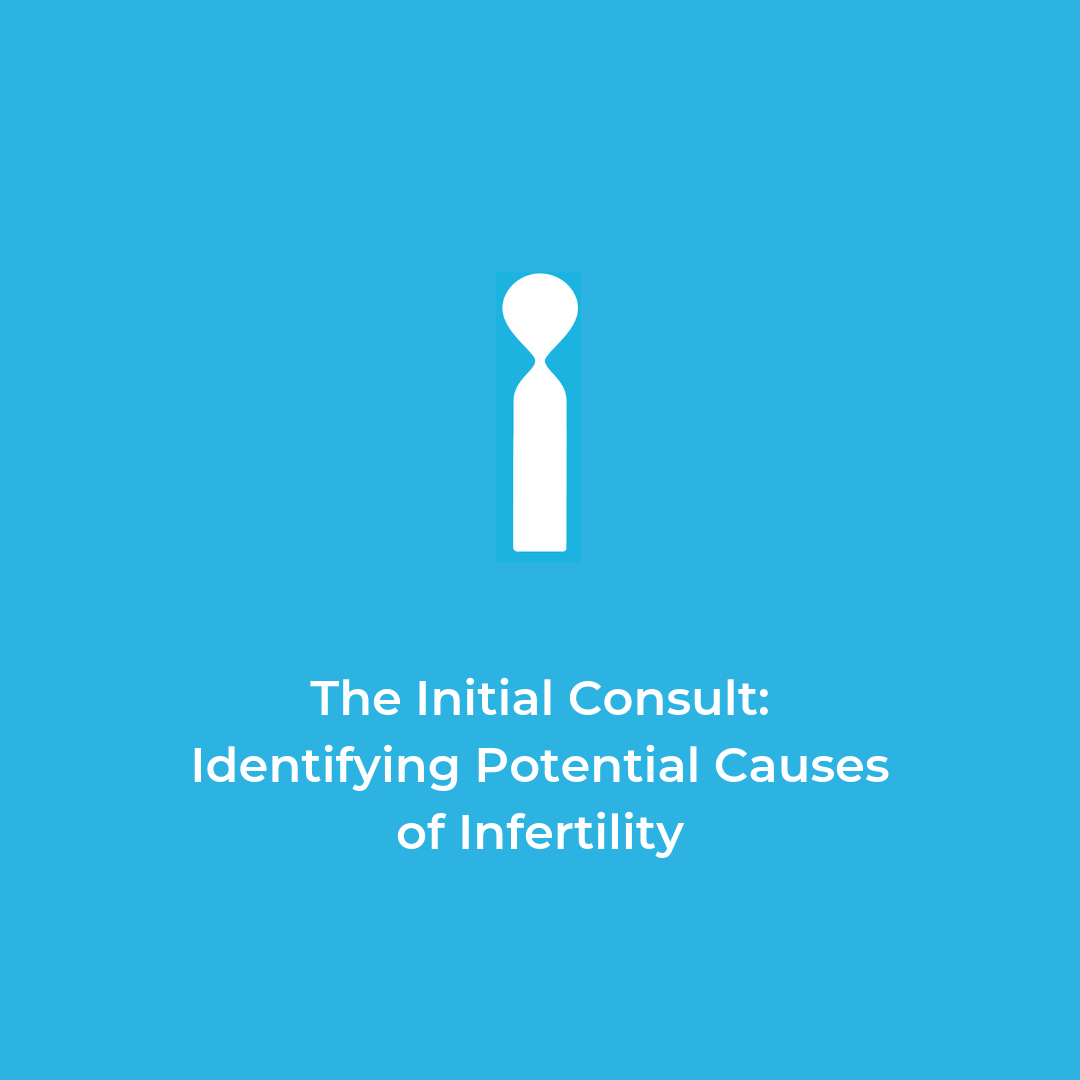The Initial Consult: Identifying Potential Causes of Infertility

The Initial Consultation at the beginning of any IVF treatment cycle is generally the first opportunity patients have to speak with their doctor about the potential reasons they are experiencing infertility and the treatment plan that is best suited to their individual circumstances. This can be an overwhelming appointment - full of new medical jargon and the feeling of having limited time with your physician. While all initial consultations will differ based on your medical history and family planning goals, nearly all patients who are experiencing infertility will fall into the following four categories of potential causes of infertility:
Tubal - In these cases, an issue with the female's fallopian tubes are not allowing the egg and sperm to meet. The tests used to diagnose tubal factor are a semen analysis and HSG, and the treatment plan is often IVF (as long as the male partner has a normal sperm count). These cases are generally straightforward and allowing the egg and sperm to meet in vitro is usually sufficient to resolve any issues.
Fertilization - Patients who have experienced an ongoing history of no pregnancies and those diagnosed with unexplained infertility may fall into this category, including those patients with a normal semen analysis. Unfortunately, problems with fertilization are unable to be confirmed unless there has been a failed conventional IVF cycle. ICSI can help to minimize the risk of failed fertilization.
Embryo Quality - In instances where infertility is explained by embryo quality, cases are either determined Age Dependent or Age Independent. In Age Dependent Embryo Quality patients, we see that the older the female is, the more likely the embryo(s) is to carry an abnormal set of chromosomes, regardless of the morphologic assessment. In Age Independent Embryo Quality patients, embryos will generally present with poor development post-fertilization. Unfortunately, these can be the hardest cases to treat and IVF may not always be successful.
Implantation - For patients who are experiencing issues with implantation, their diagnosis may be defined as either Pathologic or Unknown. Pathologic issues with the uterus may be visible on a saline infusion ultrasound and present as polyps, scars, or adhesions. A hysteroscopy can also be useful to diagnose. Unknown implantation issues present when euploid embryos or high quality blastocysts are transferred, but no implantation follows. Current research results are mixed and inconclusive, but your physician may wish to proceed with further testing to investigate immunology, implantation windows, and endometriosis.
